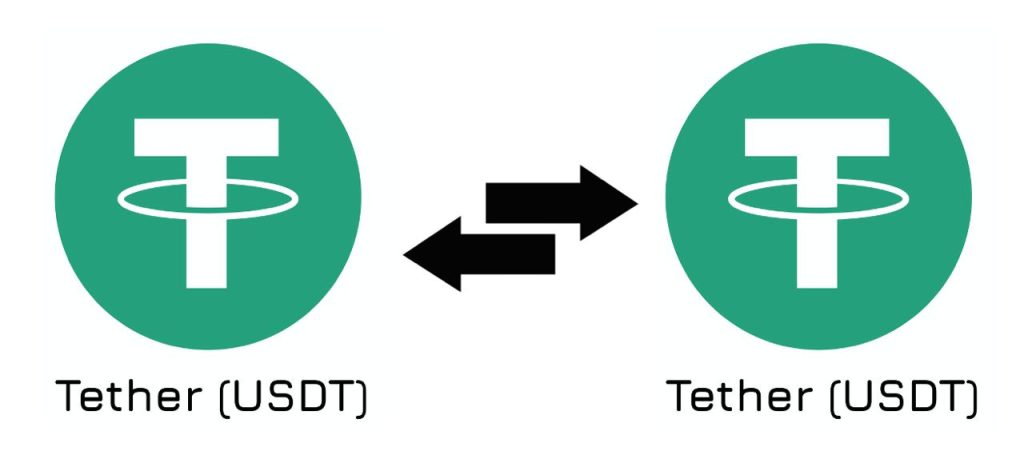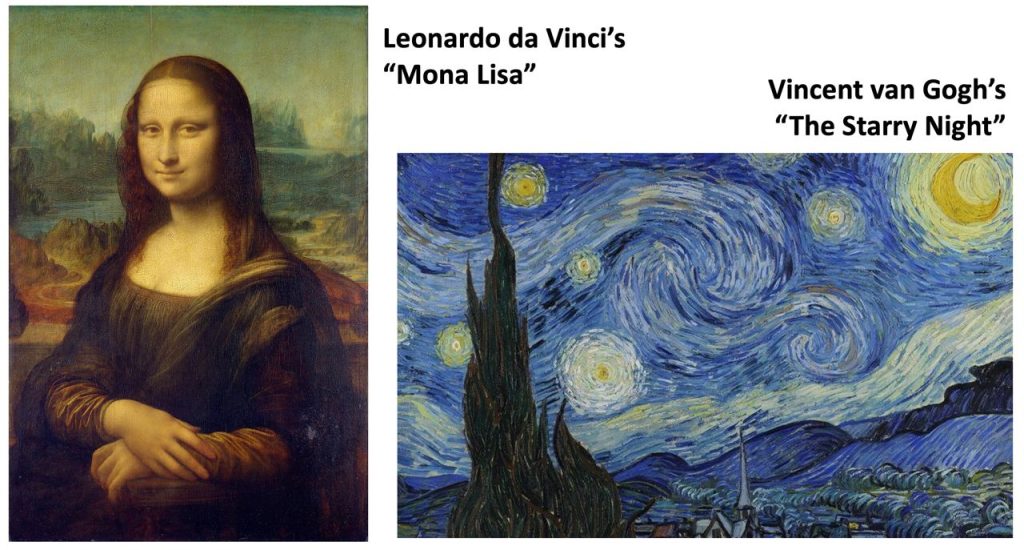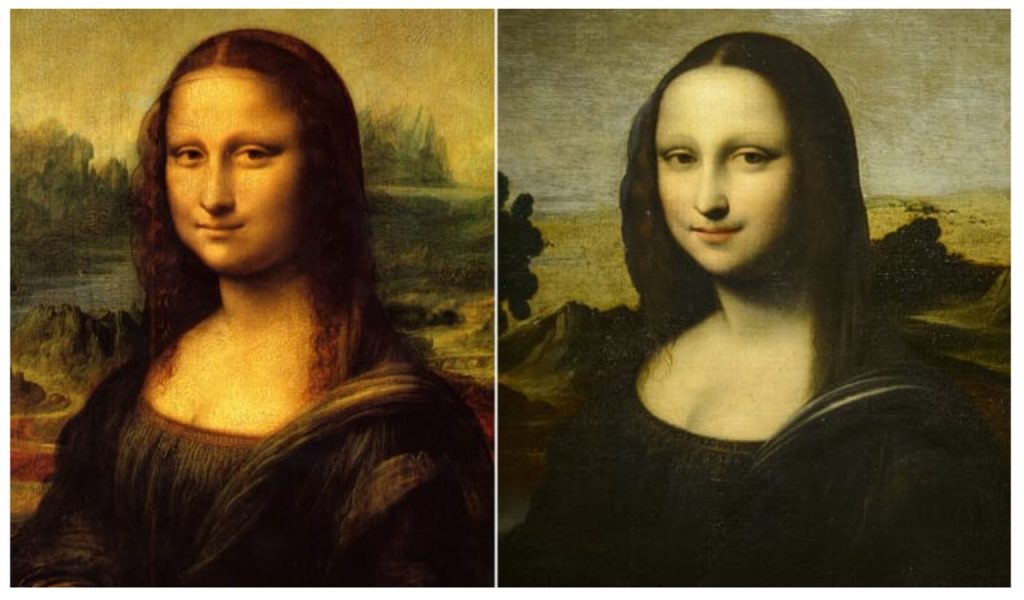Non-Fungible Tokens Or NFTs
To understand Non-Fungible Tokens, we need to understand what “Fungible” means.
Fungible means interchangeable. If you have one Fungible Token, it can be exchanged for another Fungible Token because both have the same value.
For example, the cryptocurrency USDT is a Fungible Token. We don’t normally call it “Fungible Token”, just “token”, but technically “Fungible Token” is the correct term for it.
This is because one USDT token can be exchanged for another USDT token as their values are exactly the same, and they are of exactly the same code (with another piece of data differentiating one USDT from another — almost like a serial number of normal bills).

Therefore, Non-Fungible Tokens or NFTS are tokens that cannot be exchanged for each other because:
1. They each have different values; and/or
2. They are not exactly the same.
You’ve learned in “Lesson #8: Tokens & More Tokens” that you can create tokens for any asset or thing using smart contracts on a blockchain.
Because of the nature of the blockchain, tokens provide IMMUTABLE PROOF (proof that cannot be tampered with) of the following:
1. Origin
- Where something is sourced from, ie. a bottle of wine from a certain vineyard in France.
2. Originality
- This refers to something unique, of original thought and expression and not copied from something else, like an original play, musical, or a piece of art.
3. Authenticity
- This is the genuineness, truthfulness or accuracy of something in the absence of falsehood or deception, like a piece of art.
4. Ownership
- Who has the legal right to possess or control the asset or thing.
5. Provenance
- Who has owned the asset or something in the past, when they were transferred and who owns it now, ie the asset’s history of possession, custody and transfer.
You can see that tokens representing the above cannot be exchanged for another token as they’re not of the same value.
For example, if I have a token representing ownership of a piece of art called the “Mona Lisa” by Leonardo da Vinci, this token cannot be exchanged for another token representing ownership of another piece of art called “The Starry Night” by Vincent van Gogh.

Why?
Because the Mona Lisa is worth USD900 million, while The Starry Night is worth USD100 million.
Not only that, the Mona Lisa looks totally different from The Starry Night in all ways you can imagine.
But what about the “Earlier Mona Lisa”?
Leonardo da Vinci is thought to have painted another Mona Lisa about a decade before the famous Mona Lisa.
Here’s how they look like side by side:

With pieces of art, even if the SAME artist painted 2 versions of a painting, each painting is still Non-Fungible.
They cannot be exchanged for another, because each painting is UNIQUE even if they look alike, and even if the same artist painted them.
They differ in the colours used, their brushstrokes, their background, the paint used, the canvas used, when they were painted, where they were painted, and more.
And of course, they differ in value.
The Earlier Mona Lisa is not worth the same as the Mona Lisa, even though there is no independent confirmation as to what the former is worth.
As such, tokens representing pieces of art, documents, properties and others that are not currencies, are Non-Fungible Tokens.